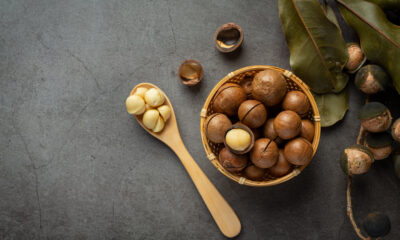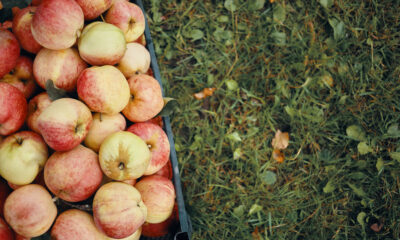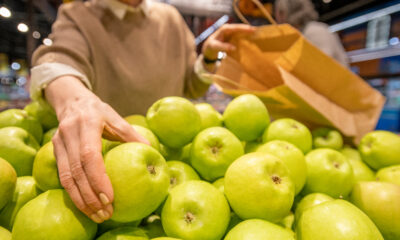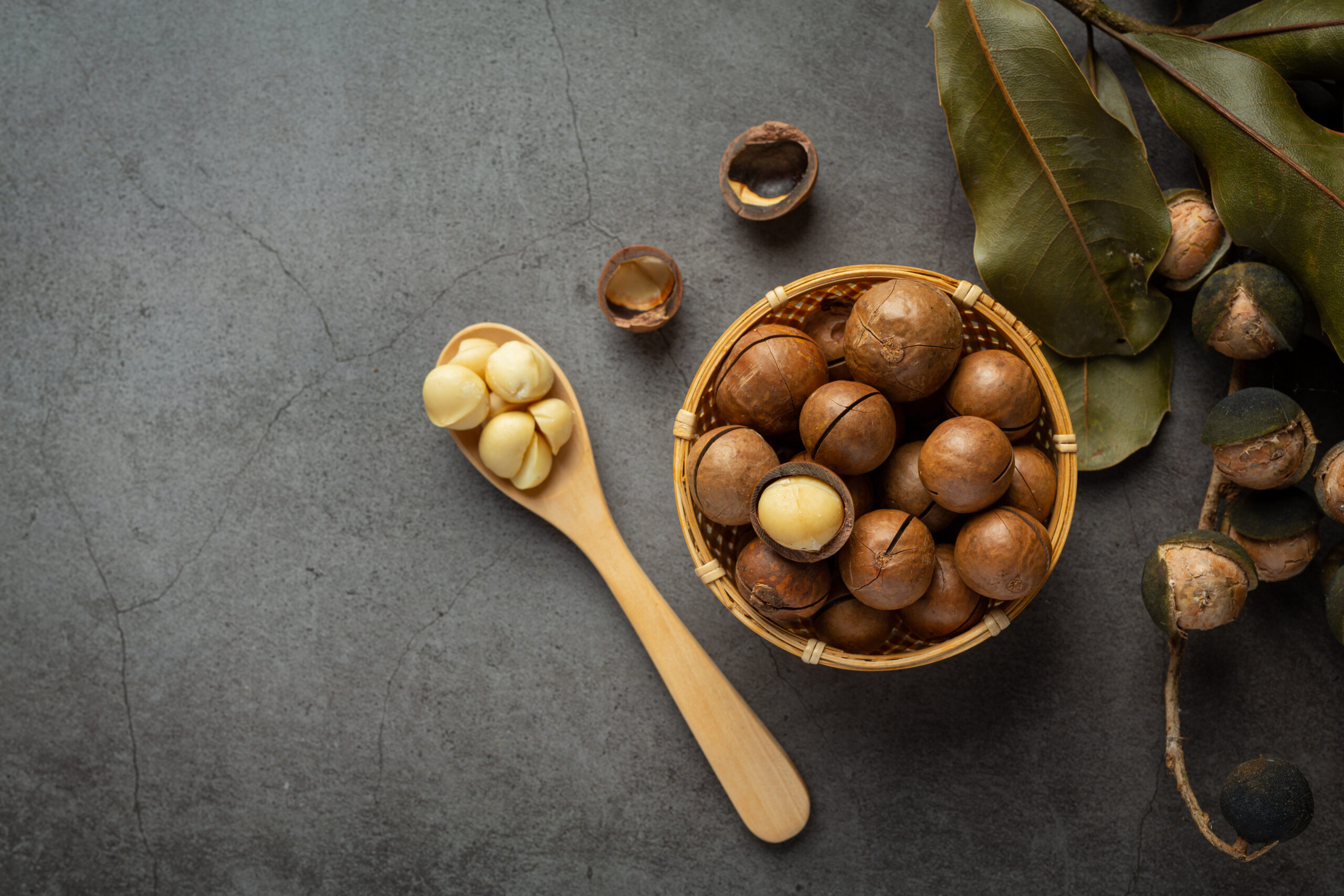Introduction
Polish apples, renowned for their exceptional quality and taste, trace their origins to centuries of cultivation in the fertile lands of Poland. The history of apple cultivation in Poland can be traced back to ancient times when the country’s favorable climate and soil conditions provided an ideal environment for growing fruit trees.
The cultivation of apples gained importance during the Middle Ages, with monasteries and estates. By playing a significant role in expanding orchards and experimenting with different apple varieties. Polish growers recognized the potential of their land for apple production, leading to the development of unique apple cultivars tailored to local growing conditions.
Over the centuries, Poland’s apple industry continued to flourish, with growers refining cultivation techniques and selectively breeding new varieties to enhance flavor, texture, and resistance to pests and diseases. This dedication to innovation and quality propelled Polish apples onto the global stage. Earning them a reputation for excellence among consumers and traders alike.
Today, Poland is one of the leading apple-producing countries in the world, renowned for its diverse range of apple varieties, including popular cultivars like Golden Delicious, Jonagold, and Gala. The country’s rich apple-growing heritage, combined with modern agricultural practices and technological advancements, ensures a steady supply of premium apples that continue to captivate markets worldwide.
In essence, the origins of Polish apples can be traced back through centuries of tradition, innovation, and a deep-rooted connection to the land, making them a symbol of Poland’s agricultural heritage and a testament to the country’s commitment to excellence in fruit cultivation.
Polish Apple
Polish apples are experiencing an unusual surge in demand, captivating global markets with their exceptional quality and flavor. This phenomenon has led to an intense frenzy among consumers and industry players alike. This is sparking curiosity about the factors driving this remarkable trend.
At the heart of this interest lies Poland’s reputation for producing top-tier apples renowned for their crisp texture, rich taste, and superior nutritional value. With a long history of apple cultivation and a favorable climate. Polish growers have perfected their techniques, resulting in consistently high-quality fruit.
Moreover, Poland’s strategic geographical location provides a competitive edge, facilitating efficient distribution to key markets across Europe and beyond. This accessibility has positioned Polish apples as a preferred choice among discerning consumers worldwide, further fueling demand.
Furthermore, innovative marketing strategies and effective branding efforts have played a pivotal role in elevating the profile of Polish apples on the global stage. Through targeted campaigns highlighting their extraordinary taste and nutritional benefits. Polish exporters have successfully captured the attention of international consumers, leading to heightened demand and market penetration.
In essence, the surge in demand for Polish apples represents a convergence of factors. These include exceptional quality, strategic positioning, changing consumer preferences, and effective marketing strategies, all contributing to an intense in global markets.
The global demand for Polish apples is experiencing a notable upswing, driven by several market trends. One prominent factor fueling this demand is the increasing consumer preference for high-quality, locally sourced produce. Polish apples have gained traction among consumers worldwide due to their reputation for superior taste and freshness, aligning with this trend.
Moreover, market trends indicate a growing interest in healthier food options, with consumers seeking nutritious and natural alternatives. Polish apples are perceived as a wholesome choice, rich in vitamins, minerals, and antioxidants, meeting the demands of health-conscious consumers.
Additionally, the convenience and reliability of supply chains play a significant role in driving the demand for Polish apples. With Poland’s strategic geographical location and well-established distribution networks, the accessibility of Polish apples to global markets is enhanced, further boosting their popularity.
Furthermore, evolving consumer preferences towards sustainable agriculture and environmentally friendly practices contribute to the rising demand for Polish apples. As consumers prioritize sustainability, they are drawn to products from regions known for eco-friendly farming methods, positioning Polish apples favorably in the market.
Overall, the increasing demand for Polish apples reflects broader market trends. Including the emphasis on quality, health consciousness, convenience in supply chains, and sustainability, making them a sought-after commodity in global markets.
Conclusion
In conclusion, the surge in global demand for Polish apples underscores a multifaceted phenomenon driven by a confluence of factors. With their exceptional quality, superior taste, and rich nutritional content. Polish apples have emerged as a preferred choice among consumers seeking wholesome and delicious fruit options. This demand is further propelled by market trends favoring locally sourced produce, healthier food alternatives, and sustainable agricultural practices.
The strategic positioning of Poland as a key exporter of apples, coupled with efficient distribution networks. It enhances the accessibility of Polish apples to international markets, contributing to their widespread popularity. Additionally, innovative marketing strategies highlighting the unique attributes of Polish apples. They have played a pivotal role in captivating the attention of consumers worldwide, driving up demand and market penetration.
Looking ahead, the outlook for the Polish apple industry remains promising. With opportunities for further growth and expansion in global markets. By continuing to prioritize quality, sustainability, and consumer preferences. Polish apple growers and exporters can capitalize on this momentum and solidify their position as leaders in the global fruit trade.
In essence, the intense surrounding Polish apples reflects not only their exceptional taste and nutritional value. But also, broader market dynamics shape consumer preferences and behavior. As demand continues to soar, Polish apples are poised to remain a staple in households and markets around the world. By symbolizing excellence in fruit production and agricultural innovation.


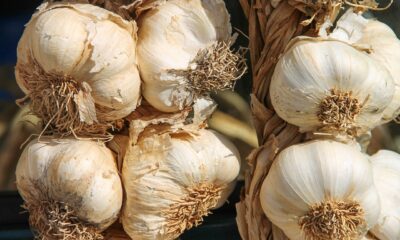

 Environmental Sustainability1 year ago
Environmental Sustainability1 year ago
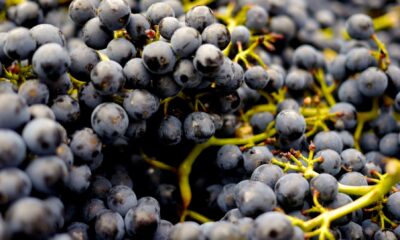

 Agriculture, Transportation & Logistics7 months ago
Agriculture, Transportation & Logistics7 months ago


 Agriculture, Transportation & Logistics1 year ago
Agriculture, Transportation & Logistics1 year ago
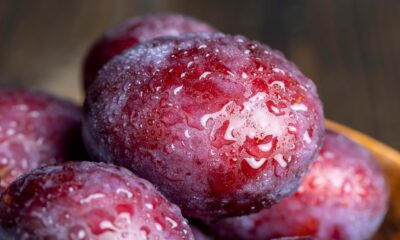

 Food Safety & Quality Control7 months ago
Food Safety & Quality Control7 months ago
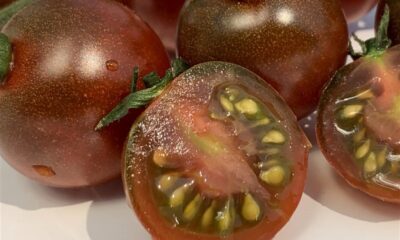

 Food Safety & Quality Control1 year ago
Food Safety & Quality Control1 year ago


 Food Safety & Quality Control1 year ago
Food Safety & Quality Control1 year ago
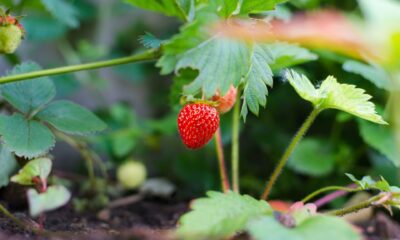

 Agriculture, Transportation & Logistics12 months ago
Agriculture, Transportation & Logistics12 months ago


 International Trade & Commerce1 year ago
International Trade & Commerce1 year ago
